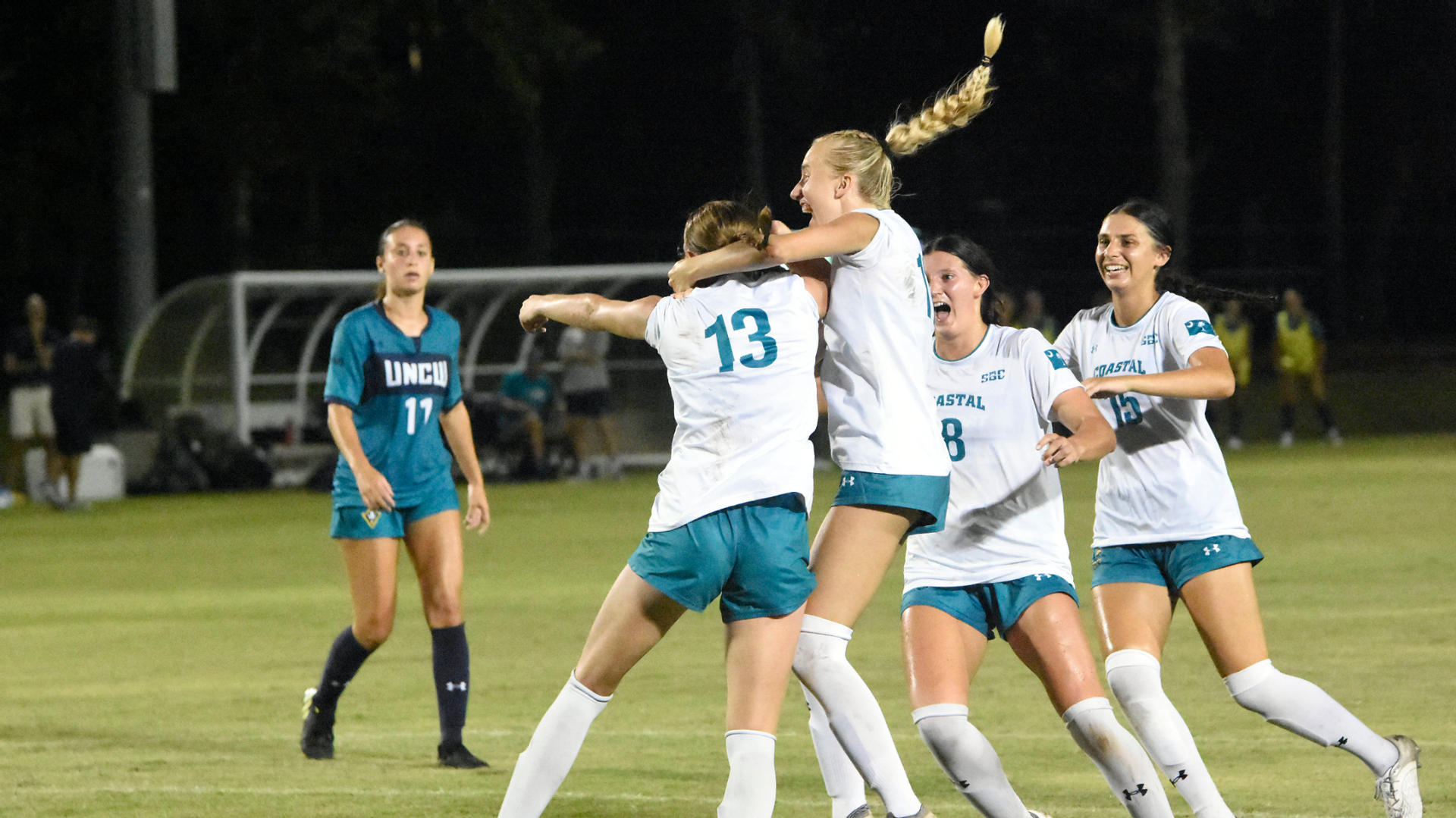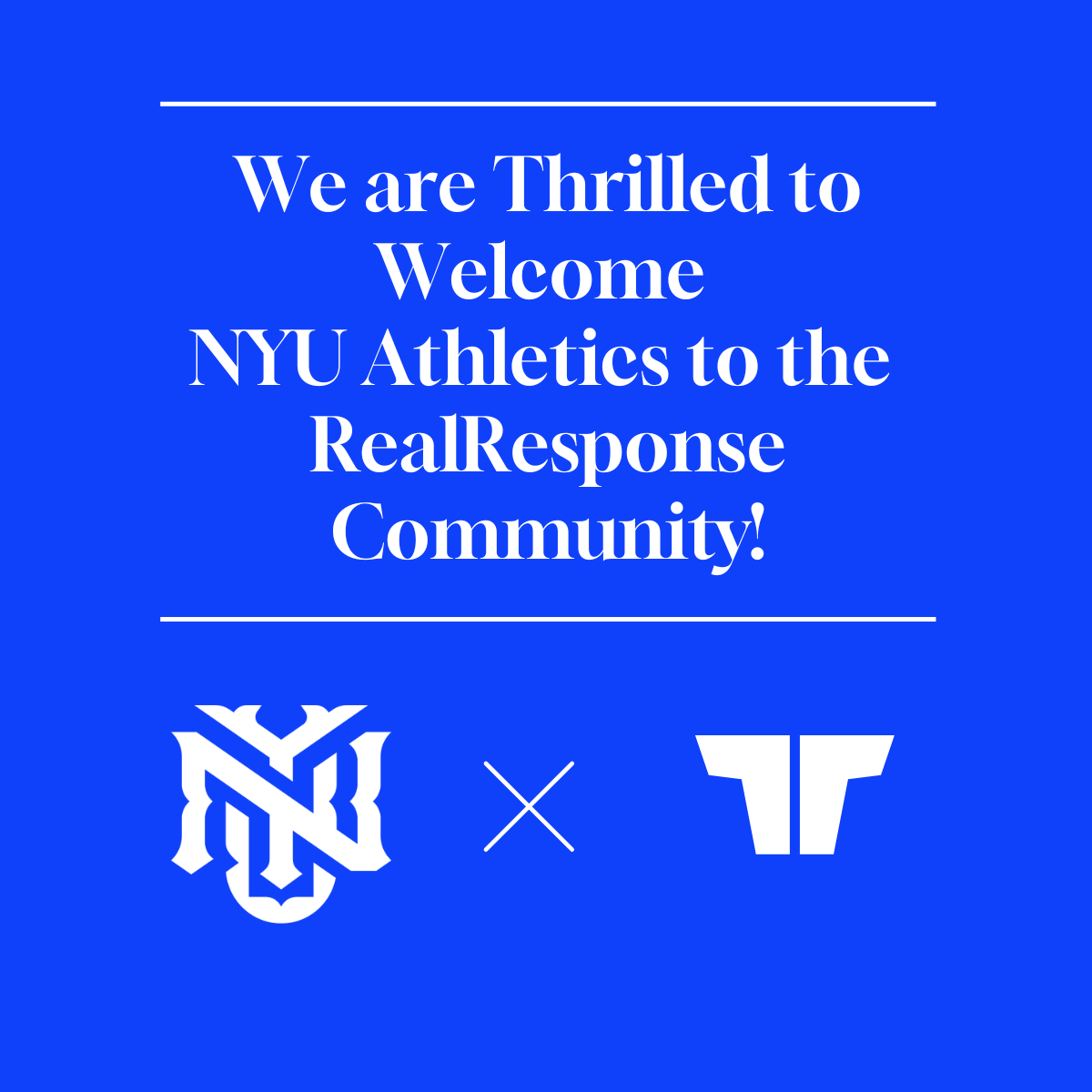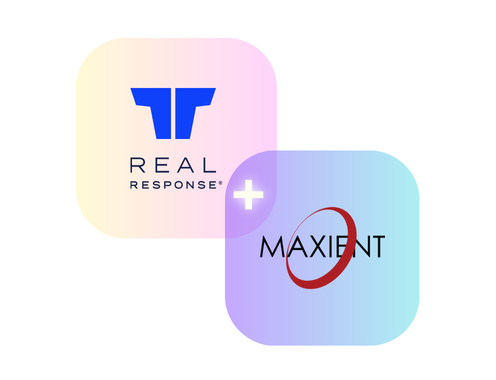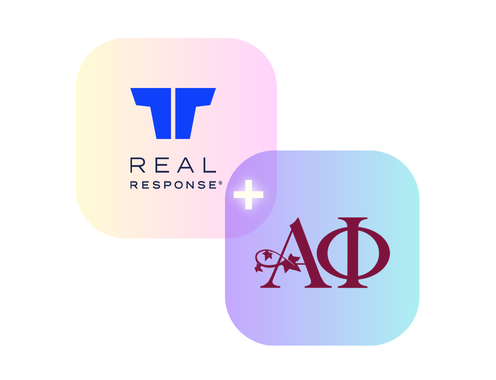For the first time student-athletes were able to voice concerns and have input in the new NCAA constitution draft.
The NCAA recently announced that student-athletes provided “voices for change” in the new draft of the NCAA constitution. For the first time, athletes from all divisions were able to voice concerns about what should be included in the next iteration of the constitution.
This change to give athletes a voice is arguably one of the best moves the organization could make. The higher ed ecosystem is operating with a student-centric lens, and it’s great to see this also play out in intercollegiate athletics.
Why athletes need to be heard
We know that athletes face tremendous pressure to play, perform, and produce for their teams. They often report not having a safe and confidential way to use their voice out of fear of retaliation, like loss of playing time or financial aid. The last thing they need to worry about is whether they’re heard by their administrators. That’s why it’s so important for organizations like the NCAA to give them a voice on key issues such as their well-being, diversity and equity, and recruiting standards.
Decisions that define governance—whether it’s NCAA governance or school-specific rules—cannot be made in a silo. And since NCAA student-athletes make up a large percent of college students—on the average campus, 1 in 23 students are DI athletes, 1 in 10 are DII athletes, and 1 in 6 are DIII athletes—they often set the tone on campus. If student-athletes feel heard by their administrators, the impact can be felt by non-athlete peers.
Gathering different perspectives
For the NCAA, getting athlete feedback meant utilizing three tactics to hear from student-athletes: three student-athlete representatives helped identify the core principles that define college sports and propose a new governance model, several “town halls” were used to offer all student-athletes a chance to provide feedback, and finally, more than 1,300 student-athletes replied to a NCAA-led survey.
By having a student-athlete representative from each division, future governance will be able to capture nuances of the different levels—for instance, Division I student-athletes have a different set of considerations, like athletic scholarships, that Division III athletes aren’t concerned with. These distinctions are important when thinking about how we are best positioning the regulations for each level. By having a student from each division serve on this important panel, the NCAA will be able to hear these concerns directly from the student-athletes and allow for flexibility.
It comes down to taking action
At the end of the day, colleges and universities should look at the NCAA’s prioritization of the student-athlete voice in two ways. First, they’ve shown that they’re listening to student-athletes through a variety of channels. They’ve made the commitment to capture student-athlete input and understand their feedback when creating new regulations.
Second, and maybe most important, is that now that the NCAA has empowered student-athletes to use their voice, administrators have an opportunity to collaborate with them through a new channel, which can yield valuable insights. Universities will want to decide what to do with the new feedback they’ll be receiving from student-athletes based on this constitution. Do they have tools and processes in place to help students with issues like diversity, mental health, and name, image, and likeness?
Relying on traditional ways of getting feedback—like having an open-door policy and expecting athletes to come to you—is not the only route and may not be the right route for this generation. Utilizing technology, providing confidentiality, and creating a safe environment for student-athletes to approach their administration will most effectively meet the needs of current and future athletes.
Give student-athletes a voice: Ask for their feedback, provide a safe channel for them to communicate, and respond in a timely manner.



















